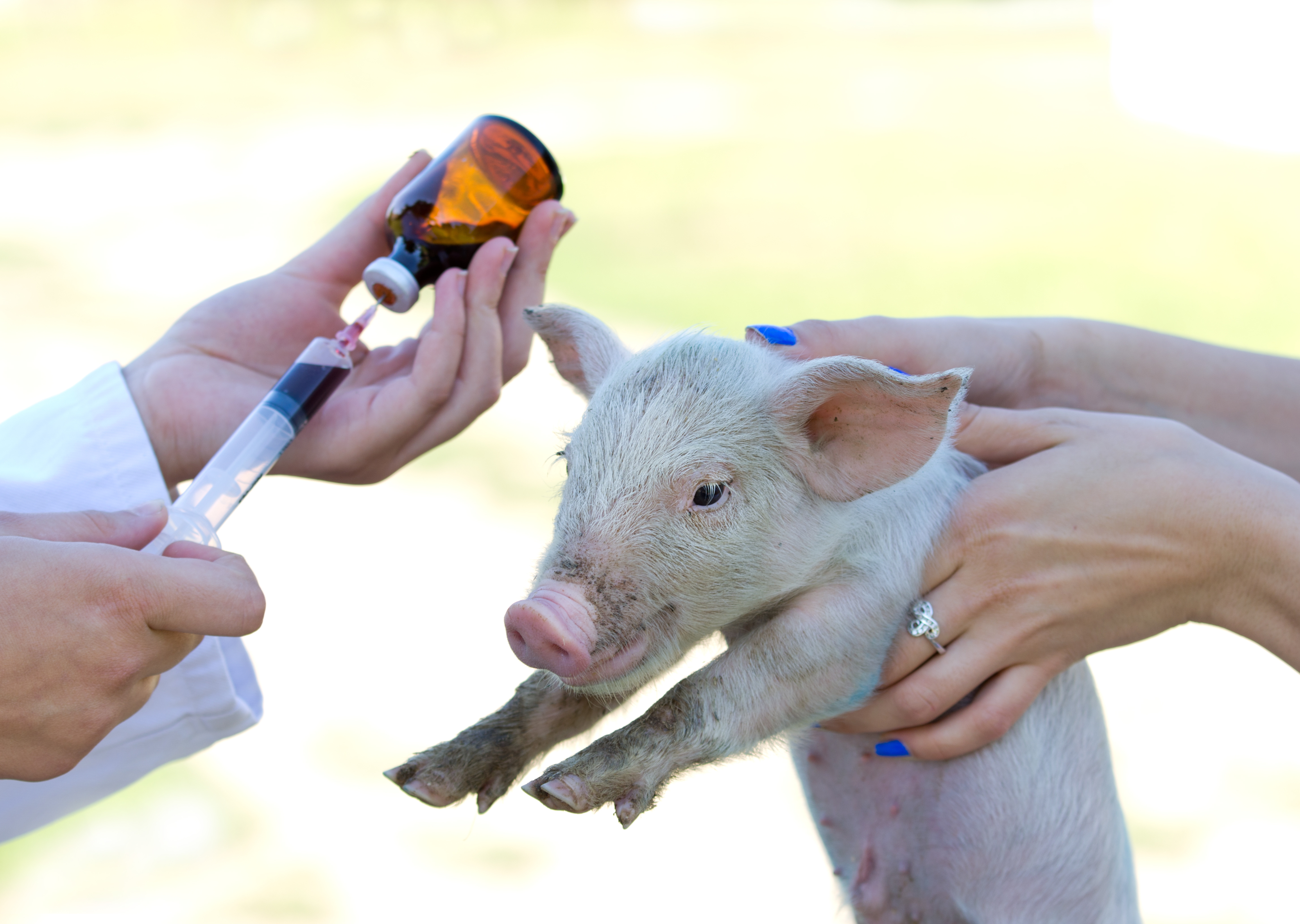



‘Vaccines work’ campaign to remind farmers and prescribers to invest in vaccine schemes
A new #VaccinesWork campaign running from early September to the end of October will explore the role vaccines can play in helping to protect health and welfare in all farm animal sectors, and in supporting reductions, replacements or refinements in antibiotic useIn particular the campaign will highlight the differences in vaccine penetration between farm animal sectors, highlighting where there may be scope for greater uptake, as well as the gains to be made from storing, handling and administering vaccines correctly.
The Responsible Use of Medicines in Agriculture (RUMA) Alliance, which is co-ordinating the campaign, says the poultry and fish sectors have successfully used vaccines for a number of years within comprehensive and integrated health programmes. With considerable achievements in antibiotic stewardship under their belts, it’s hoped other sectors will take inspiration from this.
“Vaccination is not a ‘silver bullet’ for disease control, but it can be an important part of an infection prevention and control of disease planning process, which all farms should have in place in consultation with their vet,” explains RUMA’s secretary general Chris Lloyd.
“Vaccination is already much higher in pigs, but improving how vaccines are stored, handled and administered could boost results significantly.”

He points out that more than 50 vaccines are currently available for both cattle and pigs to treat a wide range of bacterial, viral and protozoal diseases, and almost 30 for sheep [1]. “We want to ask whether we are really making best use of the protection these could offer,” he says.
Pigs have far higher uptake of vaccines than cattle and sheep, with 90% of all eligible pigs being vaccinated for Porcine Circovirus (PCV2) and around 70% for Mycoplasma hyopneumoniae. Vaccination for Porcine Reproductive & Respiratory Syndrome (PRRS), known as Blue Ear, is also common.
But Mandy Nevel from AHDB Pork says that while uptake of vaccines is high, this doesn’t guarantee the vaccines will work as well as they could.
“It’s good news that vaccines are so well-used, but the number of animals involved means vaccination is not an easy job. It can be stressful to handlers and animals, leading to short cuts and poor practice.
“A failure to correctly follow storage, administration and vaccine course instructions can undermine the efficacy of the vaccine which can mean they do not work as well as they can. This may include incorrect storage temperatures – especially freezing – as well as expired use-by dates and failure to deliver the full course.
“This is why – for pigs – the #VaccinesWork campaign will be encouraging producers to look at what could be stopping them and their employees making the most of their vaccination programmes.”
In order to ensure prescribed vaccines work effectively, it is essential that the manufacturer and prescriber’s instructions on storage, dose rate and dose interval (e.g. if repeat doses are needed) are followed accurately.
Occasionally, a disease challenge may present itself for which there is no suitable licensed vaccine. In consultation with the farm vet, laboratories can sometimes develop what are known as autogenous vaccines specific to the pathogen causing the problem on the farm. The vet may also, in some circumstances and in consultation with the regulatory authorities, be able to import a suitable vaccine from either another EU country or from outside of the EU.
To find out more about #VaccinesWork and to talk about your experiences, go to www.vaccineswork.org.uk
[1] NOAH Compendium (2018)
[2], [3] MSD, Looking Beyond Antibiotics (2017)









